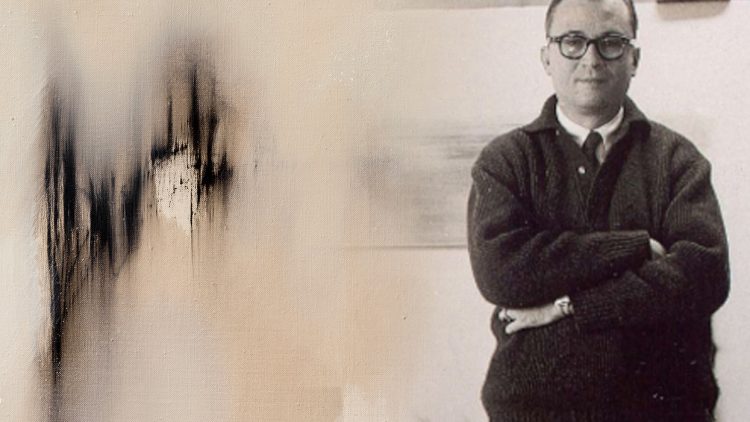

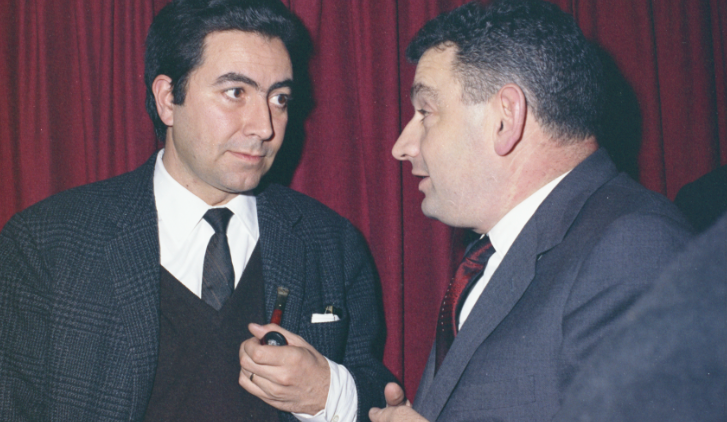
Joan Obiols Vié and collecting.
The extensive collection of the Catalan psychiatrist Joan Obiols-Vié, who made him a friend of some of the most renowned artists on the Catalan painting scene of the time, will go up for auction at Setdart on December 16.
When speaking of a collector psychiatrist, the ghost of Hans Prinzhorn no doubt haunts our imaginations. It is known that this German psychiatrist unintentionally revolutionized contemporary art history by giving priority to the plastic creations made by his patients. His collection of “alienated art” greatly influenced Art Brut (led by Dubuffet) and, later, Outsider Art.
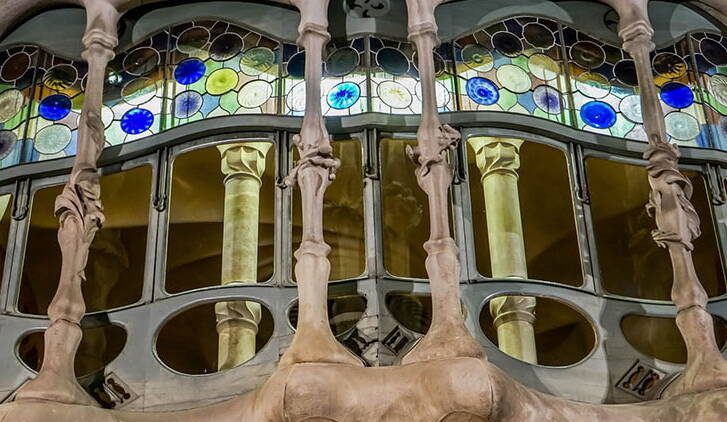
Fragments of Gaudí’s most emblematic buildings up for auction.
Today, it is hard to believe that authentic works of art were ever thrown amidst demolition material. Fortunately, cities have always had urban gleaners with an enviable watchful eye. We must thank some of these distinguished collectors for the recovery of stained glass windows, fragments of ceramic trencadís, wrought iron pieces … from restorations carried out in emblematic places of the Gaudinian geography of Barcelona: Park Güell, La Pedrera, Casa Vicens, Casa Milà …
The MNAC (Museu Nacional d’Art de Catalunya) and the Museo del Disseny de Barcelona currently guard several of these architectural elements designed by Gaudí who were recovered from gradual reforms of the most famous modernist buildings. Many of them have been seen in national and international exhibitions organized by the Gaudí Chair and the Finca Güell.
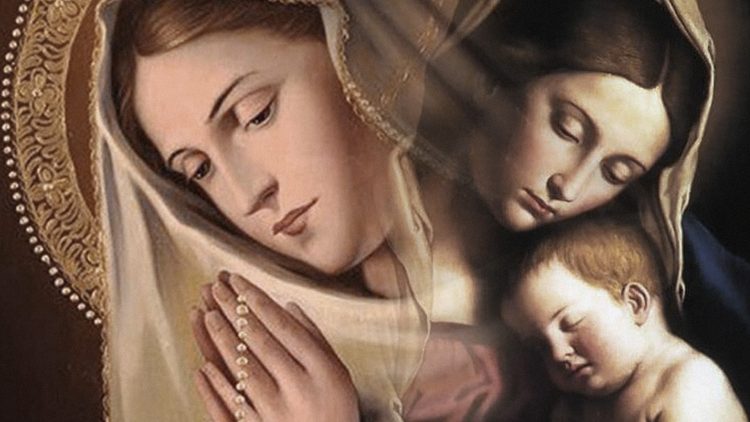
The image of the Virgin Mary in art: attributes and symbols
The cult of the Virgin Mary has played a major role within the Christian religion and is also one of the most represented throughout the history of art. The devotion that from the origins of Christianity was professed to Mary as “Mother of God”, favored the appearance of multiple iconographies referring to her life, as well as allegorical scenes dedicated to highlighting her human and divine values.
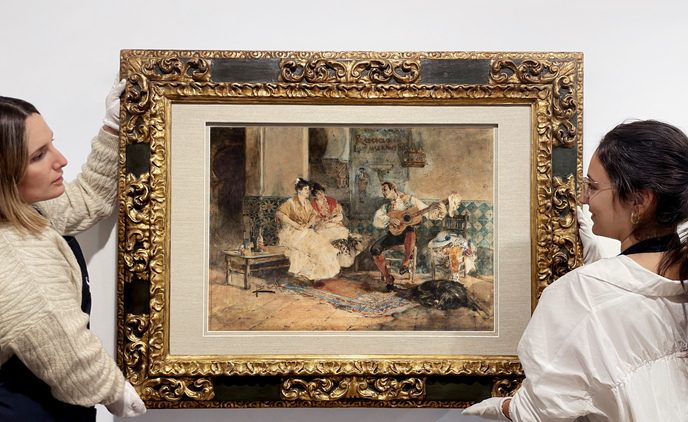
Joaquin Sorolla and his inexhaustible facet as a draftsman
The best version of Joaquin Sorolla’s facet as a cartoonist shines through in the magnificent watercolor that will be tendered on December 1.
The technical virtuosity that Joaquin Sorolla achieved with his pictorial work established him as the painter of light par excellence. However, the scope of his work goes far beyond his well-known canvases in which he captured like few others the lighting effects of the Mediterranean. In this sense, the Valencian artist’s facet as a cartoonist represents a valuable testimony of the evolution that his work underwent, revealing in it the key aspects that marked his artistic personality. Far from considering it a secondary manifestation, Sorolla builds his production as a painter and draftsman in parallel, evolving at the same time both in terms of technical and thematic aspects. With some exceptions, his drawings are not usually preparatory, but, as in the case at hand, they are in themselves true works of art.
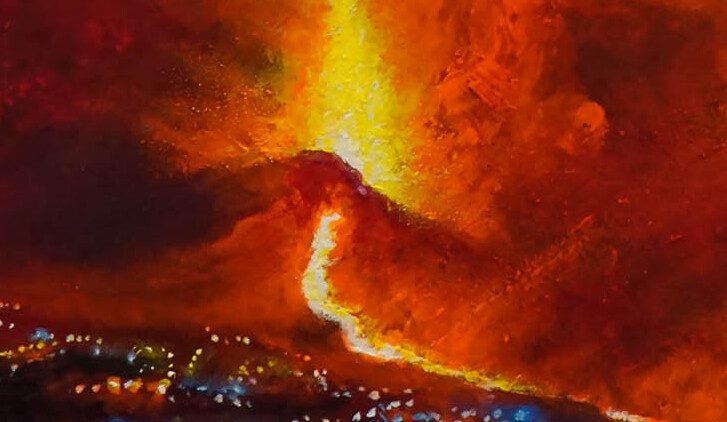
Charity auction in favor of those affected by the La Palma volcano.
“The impact that the destruction of the houses and the fields caused by the mass of lava descending like a river towards the sea was devastating. This destructive force of nature determines the smallness of the human being and makes you reposition yourself as a being. tiny in the universe ”. These are the words of the painter Teresa Unsain, to whom the chilling ecological and human disaster has motivated not only an immense pictorial series but also the generous initiative of organizing a charity auction in favor of those affected by the La Palma volcano.
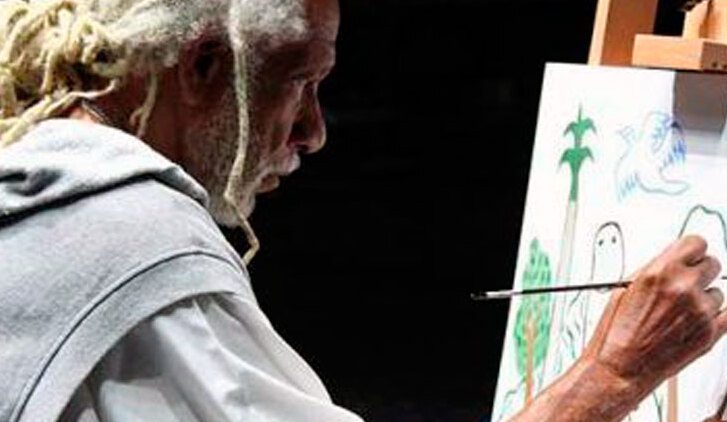
The powerful lyricism of Cuban artists Leyva and Mendive.
Work by two of the currently active Cuban artists with the greatest international prestige coincide in the next contemporary auction in Setdart.
From different generations but united by a frank militant feeling, Alexis Leyva, better known as “Kcho” (1970) and Manuel Mendive Hoyo (1944) share a similar commitment to their cultural roots and to burning problems in their country, but also a lively interest for updating languages and experimenting with materials and techniques, which places them at the forefront of art. The local and the global intertwine in his art.
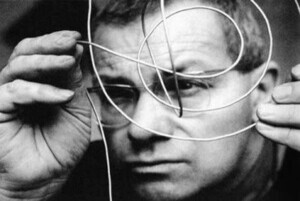
Max Bill and Gottfried Honegger: the legacy of the Bauhaus and concrete art
Concrete art finds in our next auction on November 16 a magnificent representation of the hand of two of its greatest exponents: Max Bill and Gotffried Honegger

Antoni Tàpies, Dau al Set and the surrealist influence
Antoni Tapies stars in our auction on November 16 with one of the unmistakable drawings he made during his assignment to the iconic avant-garde group, Dau al Set. The few occasions in which the more surrealist side of Tàpies breaks into the art market, make the works of this stage one of the most appreciated and sought after by the artist in the sector.
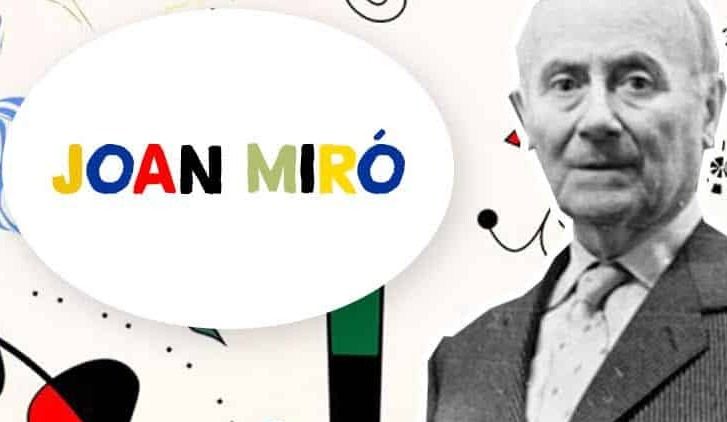
Graphic work of Joan Miró in our Contemporary Art auction.
The formal simplicity that Joan Miró always claimed as the guiding principle of his art hides behind it an extensive constellation of references, tributes and synergies with other artists, poets and mystics.
Of the rich variety of extra-pictorial influences and interests that pervade the Mirian universe, his fascination with the poetry of Saint Francis of Assisi stands out. His love for the verses of the religious is not surprising, since both shared a love of a pantheistic nature for nature and its creatures: birds, stars, earthly and cosmic elements intertwining without rest.
Setdart puts up for auction one of the aquatint engravings of “Cántico al Sol”, a series inspired by the homonymous poem of San Francisco de Asís (lot 35221980).

Richard MacDonald Bronzes Up for Auction
Theater and dance, mime and balé, are the worlds in which the prestigious sculptor Richard MacDonald has been immersing himself for decades to extract from them a renewed idea of beauty in movement, of contained expression and imprisoned pathos.
Closely linked to Cirque du Soleil and the Royal Ballet of London, MacDonald dedicates long sessions to the contemplation of acrobats and dancers live. From his rigorous study and his faith that the truth of the soul resides in the body in motion, a work is derived that is worthy heir to the best tradition of Western sculpture. In his bronzes, the flexible agility of Donatello’s figures and the existential depth of August Rodin seem to combine.
But his gaze is not nostalgic: if he restores the past, it is to forge the future by consciously inhabiting the present.
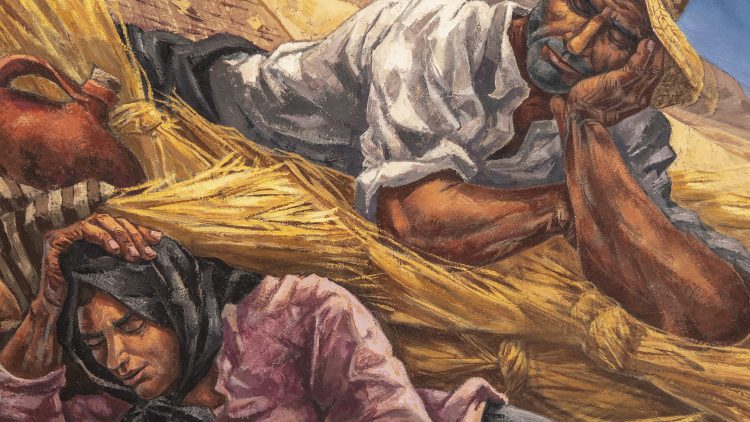
Vela Zanetti: The soul and dignity of the rural world
The most social and committed aspect of art finds in the work of Vela Zanetti one of its greatest supporters. The canvas that we will tender on the 27th is undoubtedly a magnificent representation of the mastery with which Zanetti vindicated the lives of humble people
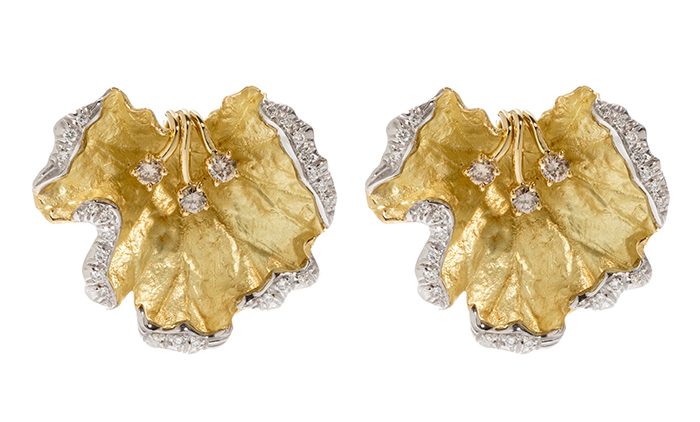
ITALIAN JEWELRY. Vendorafa’s creations
ITALIAN JEWELRY. Vendorafa creations are conceived, created, designed and made with Italian hands, heart and soul.
More than sixty years of jewelry made in Italy thanks to the passion of expert goldsmiths. Since 1951, Vendorafa has been creating and producing collections that are known and recognized as a sign of Made in Italy style and excellence.
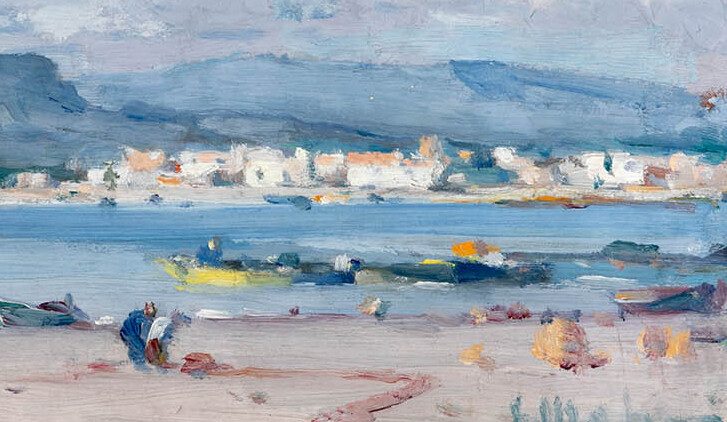
The Golden Age of Catalan landscaping
As protagonists of our next auction on October 27, the works of Martí Alsina, Modest Urgell, Eliseo Meifrèn and Joaquím Mir reflect especially the excellence that the landscape genre achieved at that time.
It was not until the mid-nineteenth century that Catalan landscaping developed as a fully autonomous genre. This stage that lasts until the beginning of the 20th century will be recognized as a true vital golden age in the renewal of a genre that until then had been relegated to the background as a mere accompaniment to the great mythological and biblical themes. Since then, landscape painting has undergone a continuous evolution, experimenting and incorporating the new artistic trends that emerged throughout the 19th and 20th centuries. Undoubtedly, the intense production of this singular period gave birth to a progressive break with academic conventions to embark on the path towards creative freedom that modernity proclaimed.
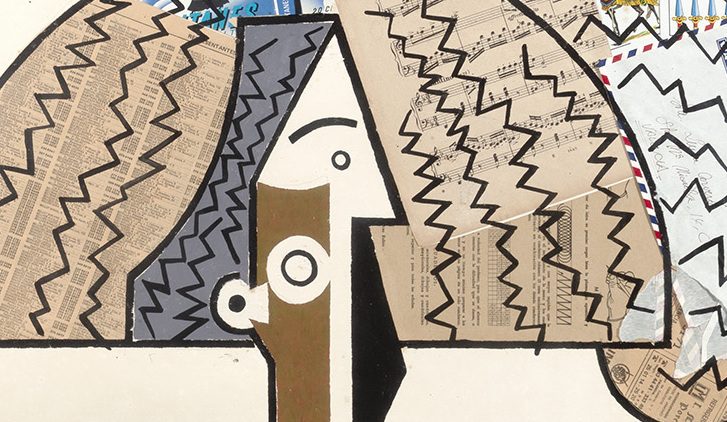
Contemporary art in Setdart, a selection of the most outstanding artists.
Setdart has brought together a large and diverse group of works to be part of the upcoming contemporary art auctions. Some of the most representative names of the 20th and 21st centuries make up this collection, from Joan Miró to Miquel Barceló, also featuring pieces by Spanish artists present at all international events such as Bernardí Roig.

Rafael Canogar VS Luis Feito
Luis Feito was the penultimate witness of the artistic legacy that the El Paso group gave us. With his recent loss, Rafael Canogar becomes the only living representative of a time when informalism transformed and renewed stagnant Spanish art to give birth to new ways of understanding and experimenting with artistic practice. Both artists share the limelight on October 19 at our contemporary art auction.

Christ carrying the cross, symbol of redemption in the late Renaissance
The iconography of Christ carrying the heavy cross on his ascent to Mount Calvary experienced its own development throughout the history of art, as a result of its adaptation to the expressive peculiarities or communication habits of the plastic in each era.
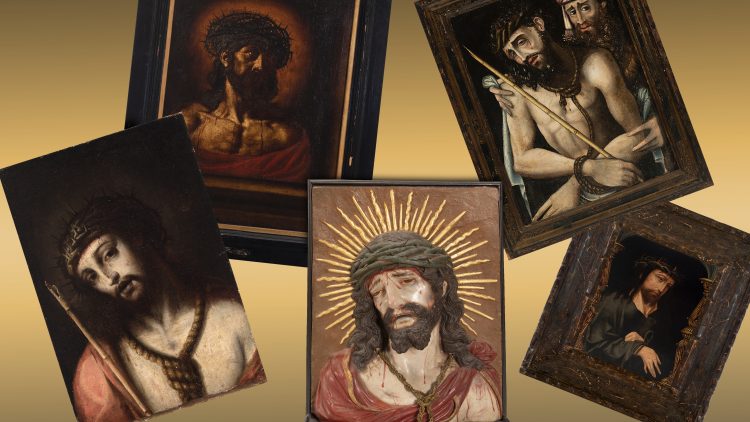
The representation of “Ecce Homo” in the history of art
The importance that the “Ecce Homo” had for the history of art is demonstrated in our next auction on the 20th, in which up to five works on this subject are collected.
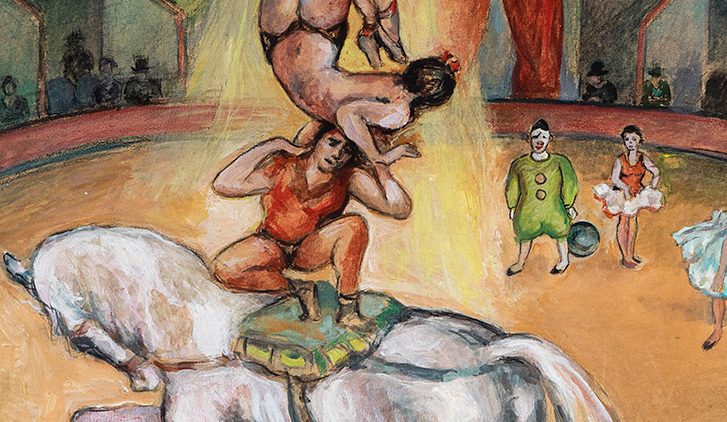
Animal inspiration and fine jewelry, an inseparable tandem
You only have to look at the most important red carpets to notice how exotic fauna plays a leading role in many of the jewels of the world’s major brands. Bracelets, rings, earrings and chokers are decorated with majestic wild animals, a real trend joined by firms such as Cartier, which has already established its famous Phantère as a hallmark.
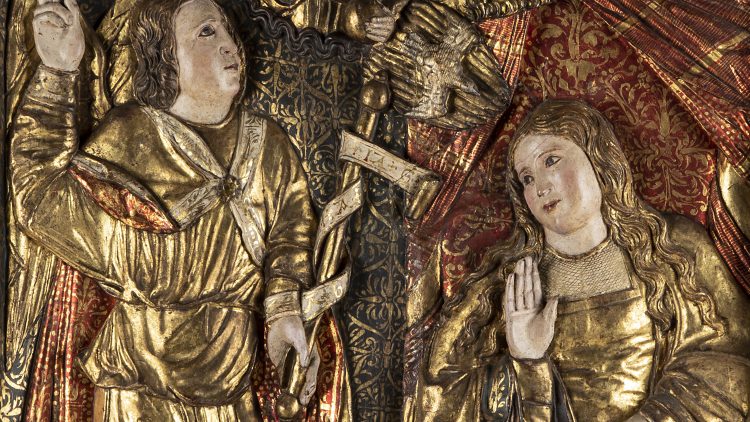
Color in Spanish sculpture
One of the most fascinating and valuable facets of sculpture in Spain is polychrome. When we stop before a piece like the Renaissance reliefs we must imagine that it is very likely that more than one artist worked on them. For the execution, they would have required a master carver, a craftsman who would cover the wood with plaster and then define the shapes and contours, and finally the gilders and painters whose work often forgotten was the one that provided the true final result.
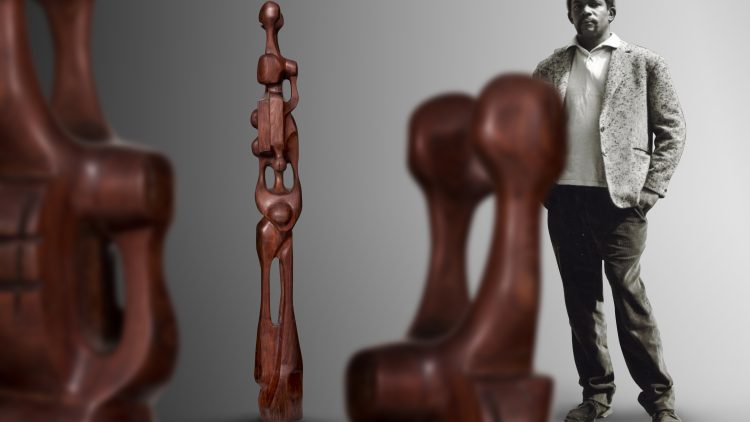
Agustín Cárdenas, sculpture on the edge of abstraction
The important sculpture that Setdart Subastas is putting up for sale these days was made in this especially exciting period for Agustin Cárdenas. The artist had been awarded a scholarship by the Cuban government to study in Paris. In this decade, the mid-1950s, his formative genealogy was redefined, establishing himself as a clear heir to Jean Arp’s abstract biomorphism, but without neglecting his own roots and Wilfredo Lam’s emphasis on the spirituality of the archaic form.
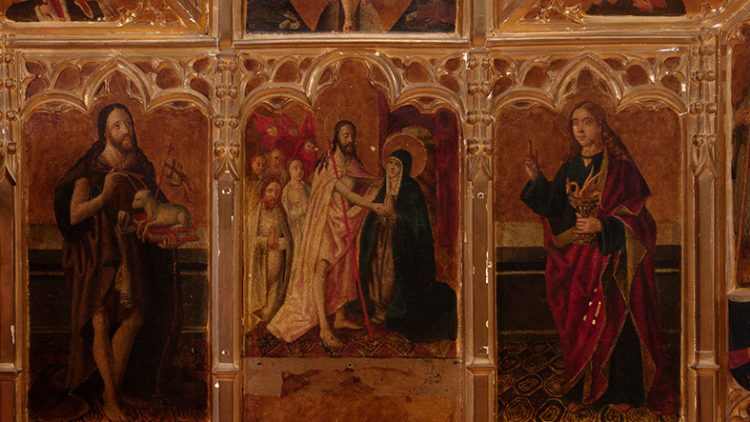
Devotional altarpiece of the Maestro de Perea circle in Setdart.
The work of the Valencian Maestro de Perea was paradigmatic of the transition from the Spanish-Flemish period to the Renaissance. Active between 1490 and 1510, the name of the master derives from Pedro de Perea, carver of the Catholic king, for whom his widow Violante de Santa Pau had this architect made in 1491 an altarpiece with his weapons destined for the Epiphany chapel of the convent of Santo Domingo de Valencia (Museum of Fine Arts of Valencia San Pío V).
Setdart puts up for auction an important altarpiece dedicated to the Virgen de la Leche, which has been attributed to the Grupo del Maestro de Perea, after being studied by Dr. Fernando Benito, director of the Museum of Valencia.
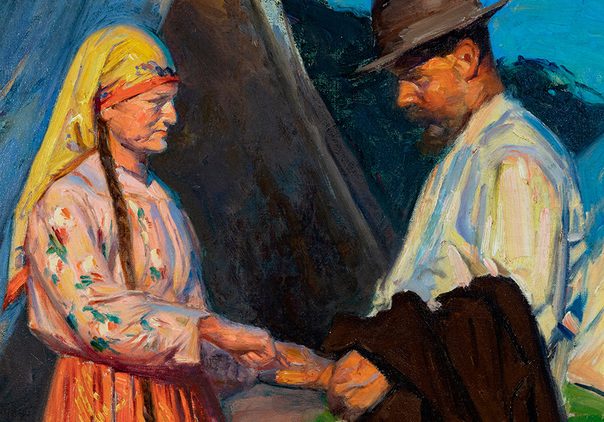
The gypsy people, beyond the stereotype. José Mongrell and Joaquín Sorolla.
The fascination of artists with the wandering life of the gypsy people goes back a long time, but it was especially from the romantic era that this attraction transcended the mere search for picturesque or exotic themes. The image that the romantic artist began to gain of himself (and that would intensify with the painters of the first avant-gardes) found in the figure of the gypsy a model with which to illustrate his commitment to bohemia and his anti-bourgeois commitment.
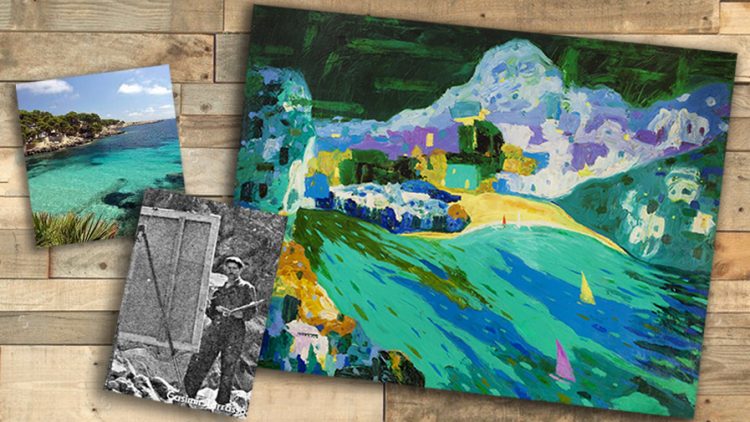
Tarrassó: the exuberance of color
The idyllic Mallorcan landscape has been a source of inspiration for many of the great Spanish artists who, like Casimiro Tarrassó, found on the island the ideal setting in which to experiment and capture the new vitalistic and sensorial spirit that promoted the renewal of the landscape genre. In Mallorca, Tarrassó developed a large part of his production reaching the fullness of his plastic language, in works such as the one that we will present at auction on the 29th.
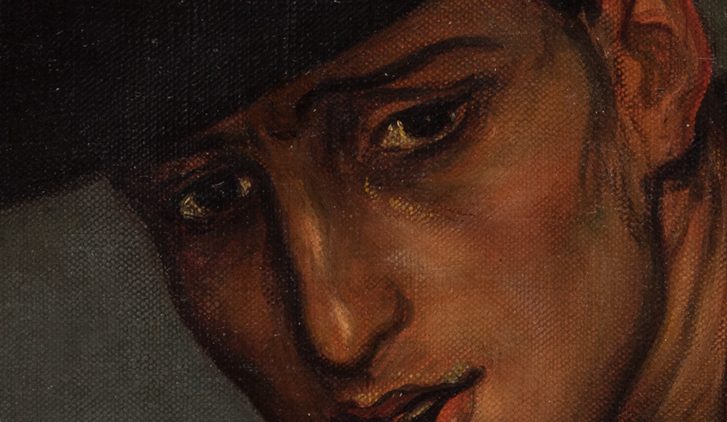
Julio Romero Torres painter par excellence of flamenco.
The work of Julio Romero de Torres occupies a similar place in the history of Andalusian painting to that occupied by García Lorca in poetic art, since in both the vernacular reached a depth of universal resonance. Both comparable, in their respective artistic languages, with the effects of cante jondo on the listener’s mind, elevate the apparent banality of regional customs and peculiarities to a sublime expression of shared concerns in any time and place: love and death, desire. passion and instinct, channeled by the magic of creation.
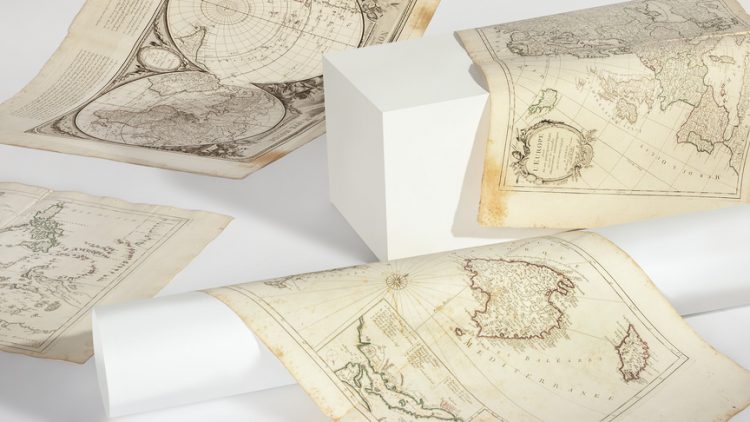
Cartographic collection: illuminated engravings from the 18th century
It is not an exaggeration to affirm that geopolitical maps translate the mental maps of a certain society, of a certain historical moment. Cartography condenses an image of the world that goes far beyond mere topographic studies.
If we look at the cartography of the enlightened period, we will observe that the rise of scholarship in all fields of knowledge and the emergence of scientific institutions in the modern sense of the term will greatly affect the making of maps. In the first place, because the French kings (in collaboration with the Spanish crown and other European powers) will promote expeditions to the new world in order to reconfigure the maps from astronomical observations and physical measurements.
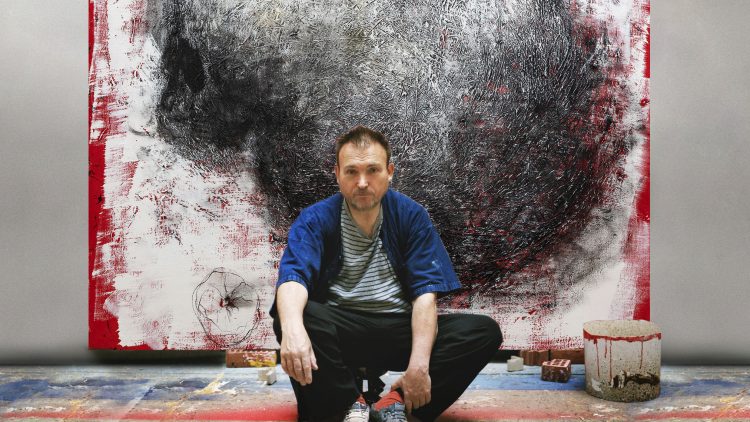
The visceral creativity of Miquel Barceló
Miquel Barceló rose in 2011 as the best-priced living Spanish artist at auction. In fact, the resounding success that he achieved from the beginning led him to be compared with established artists such as Dalí, Miró or Picasso in part, thanks to the impact and repercussion that his work aroused among the new generations of artists.
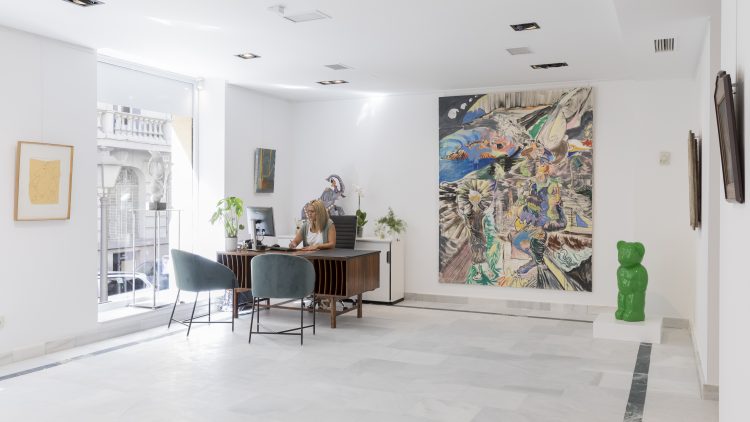
New SetdartMadrid space
Setdart presents its new space in Madrid located in the cultural heart of the capital, at Calle Velázquez 7. It is strategically positioned within what is known as the “Golden Mile”, as well as next to museums and national galleries, the main points of artistic interest in the city. The conception of the new room aims to break all the conventional schemes of auction rooms and sale of works of art.
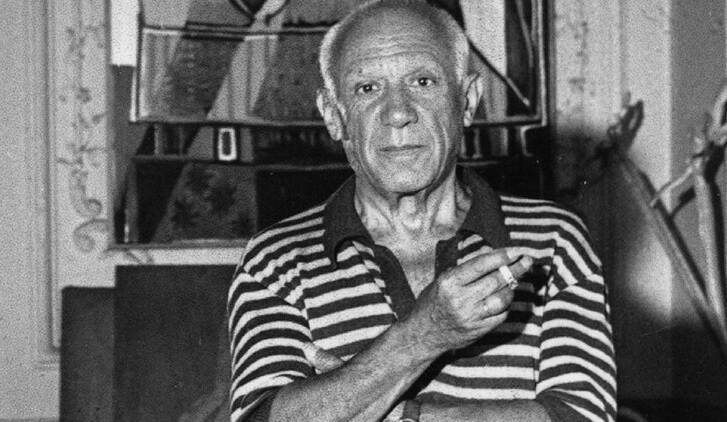
Picasso, the portrait as a personal diary
If there is a genre in which Picasso poured his most intimate side, it was undoubtedly the portrait. For it was always the people closest to him who would make up a gallery of portraits that, seen through the rearview mirror of his history, reveal much of the vicissitudes or joys that the painter from Malaga was going through at the time.
